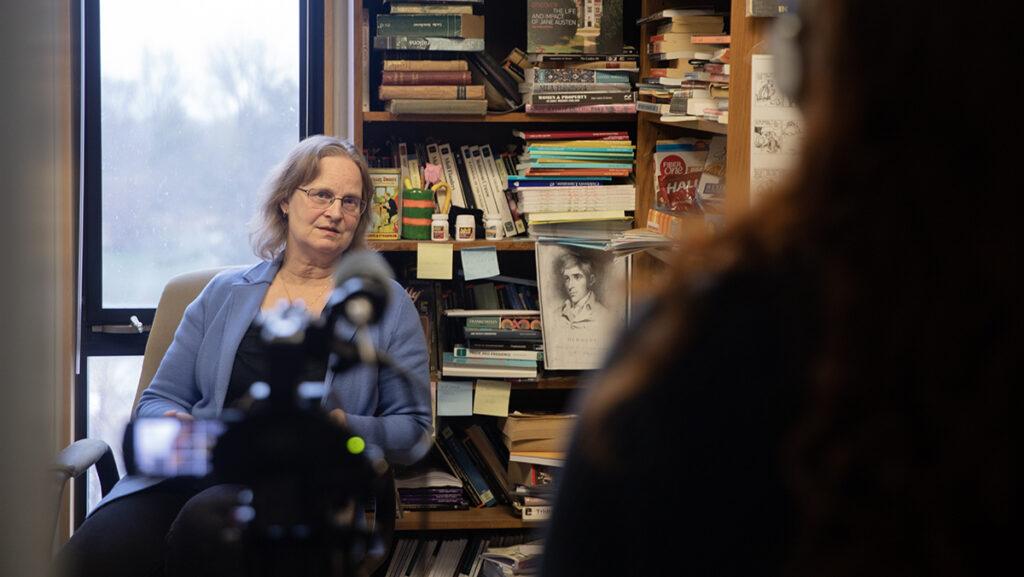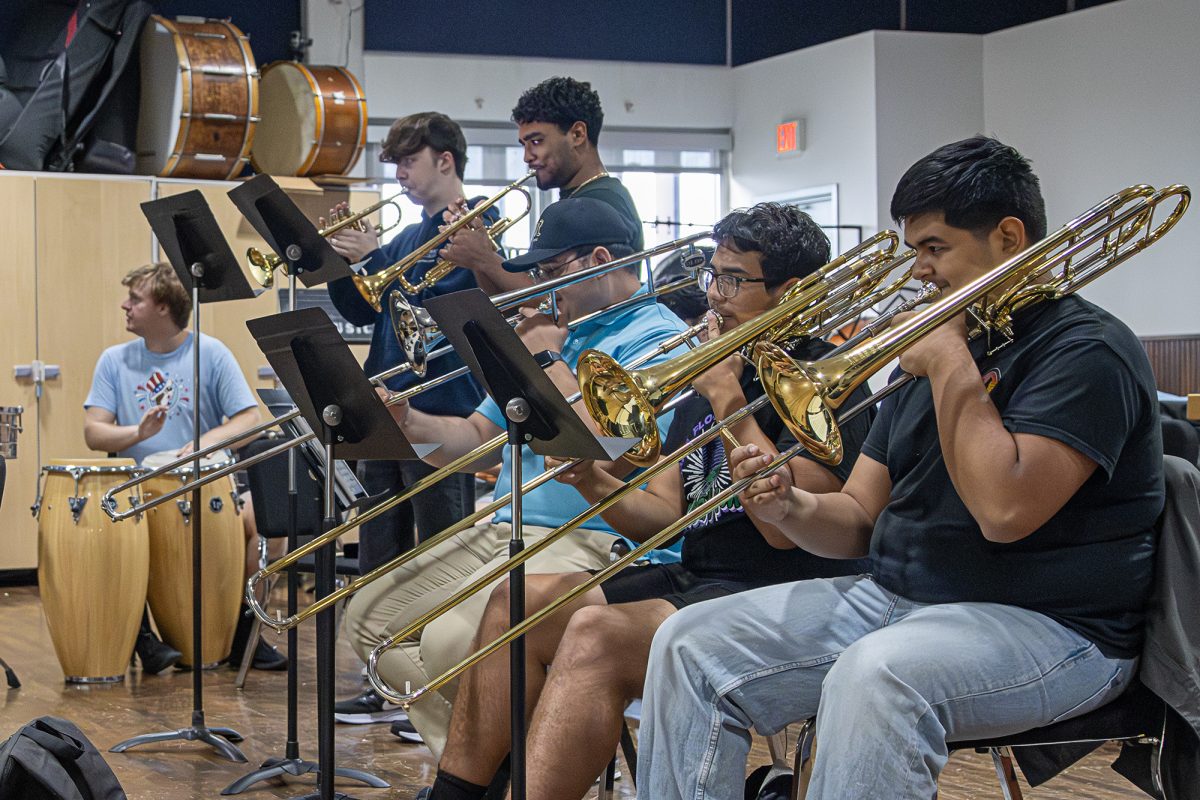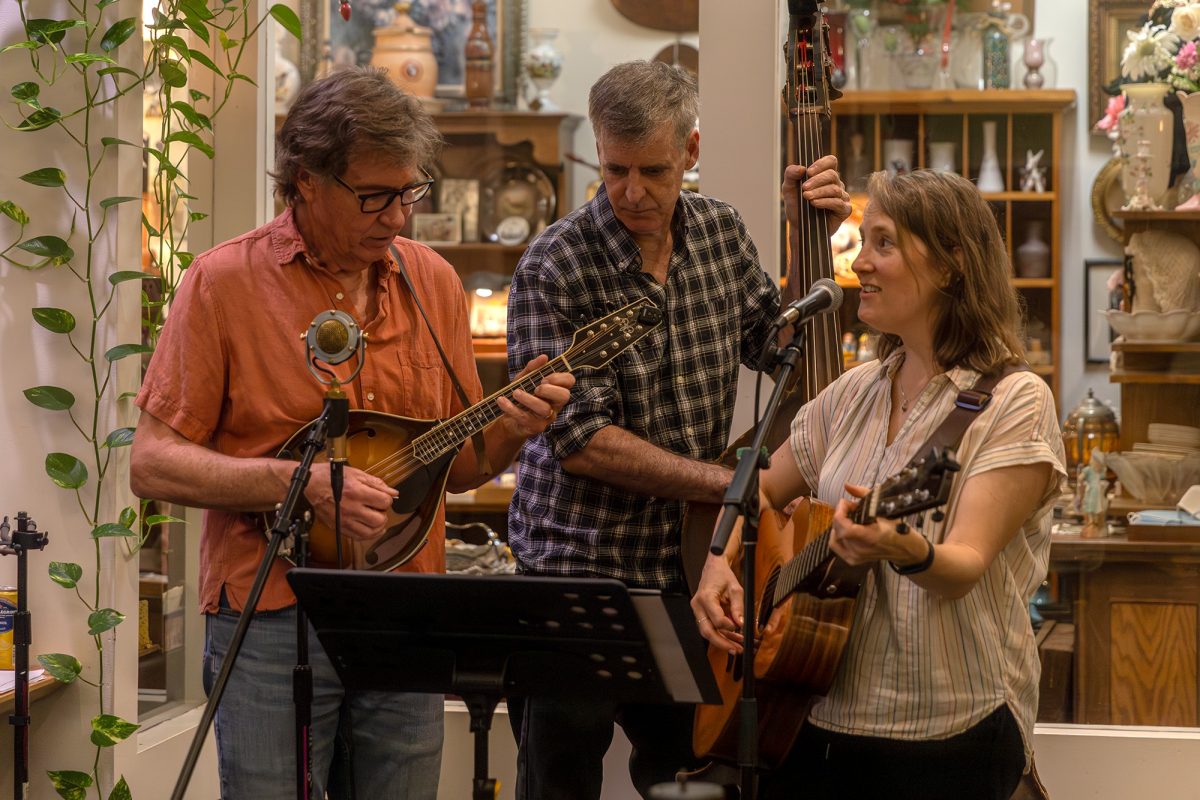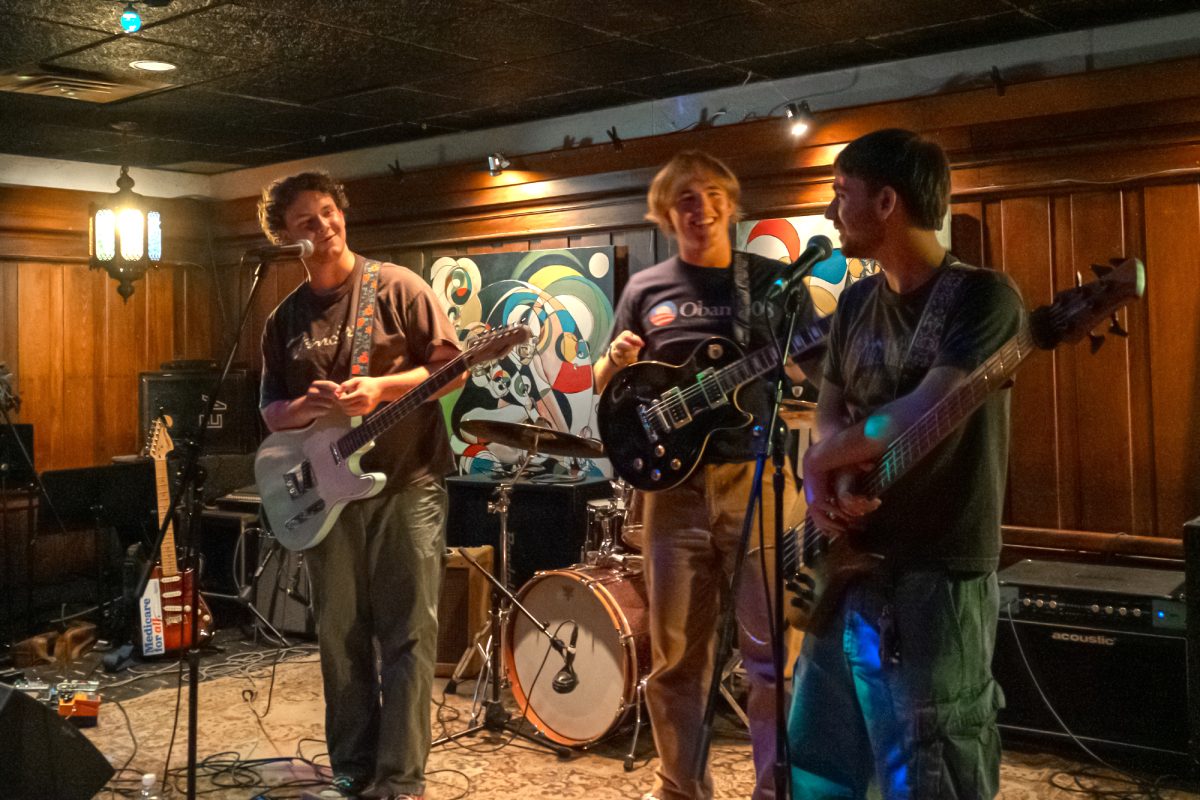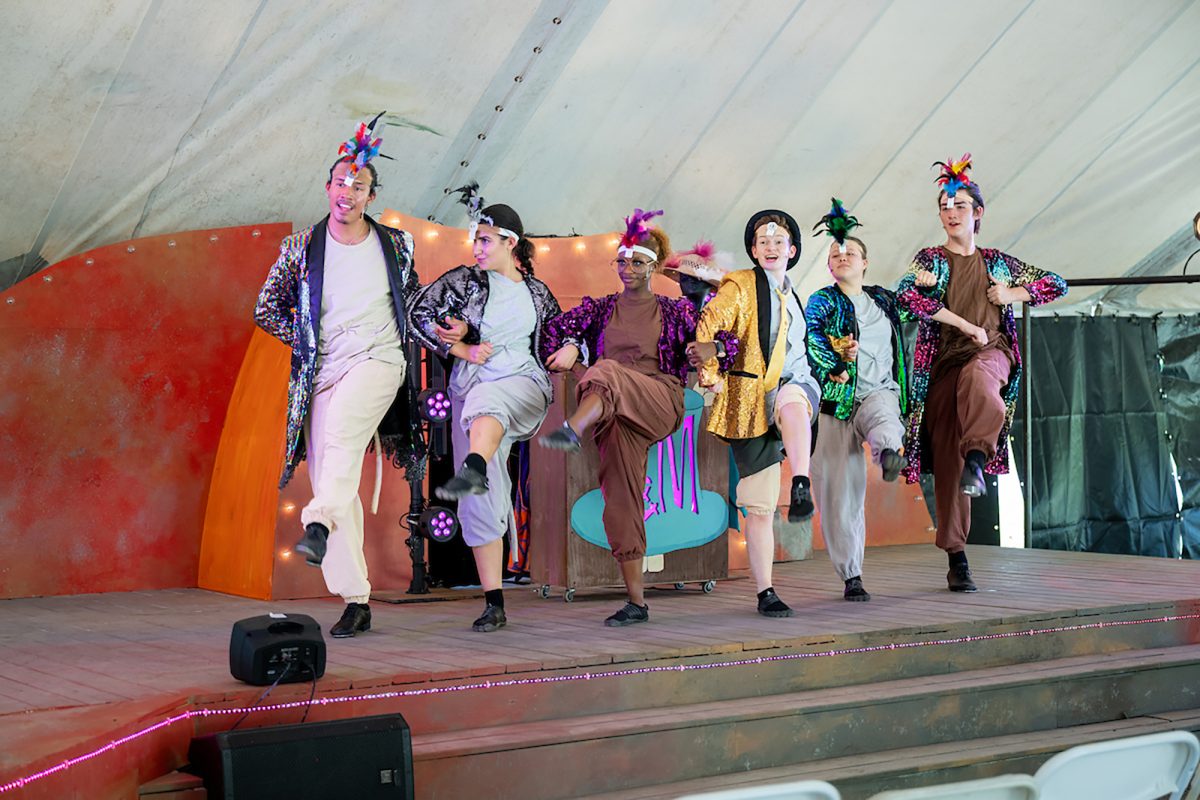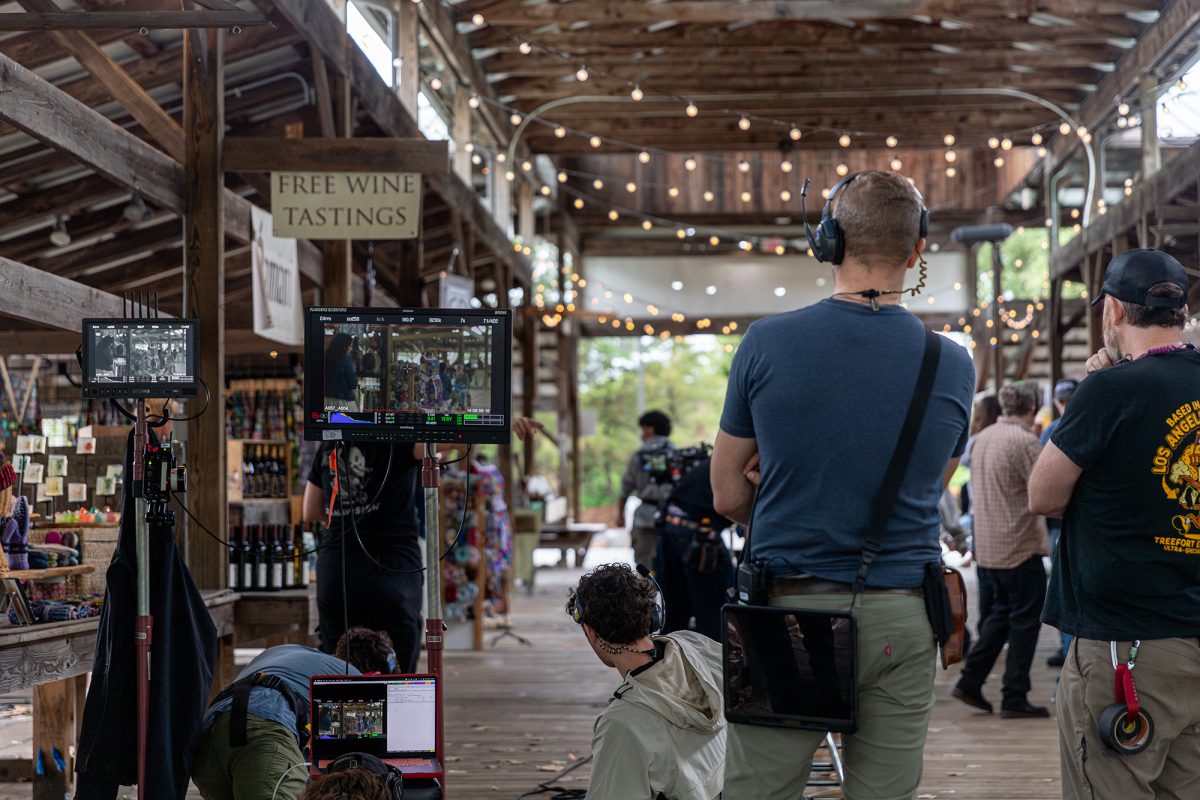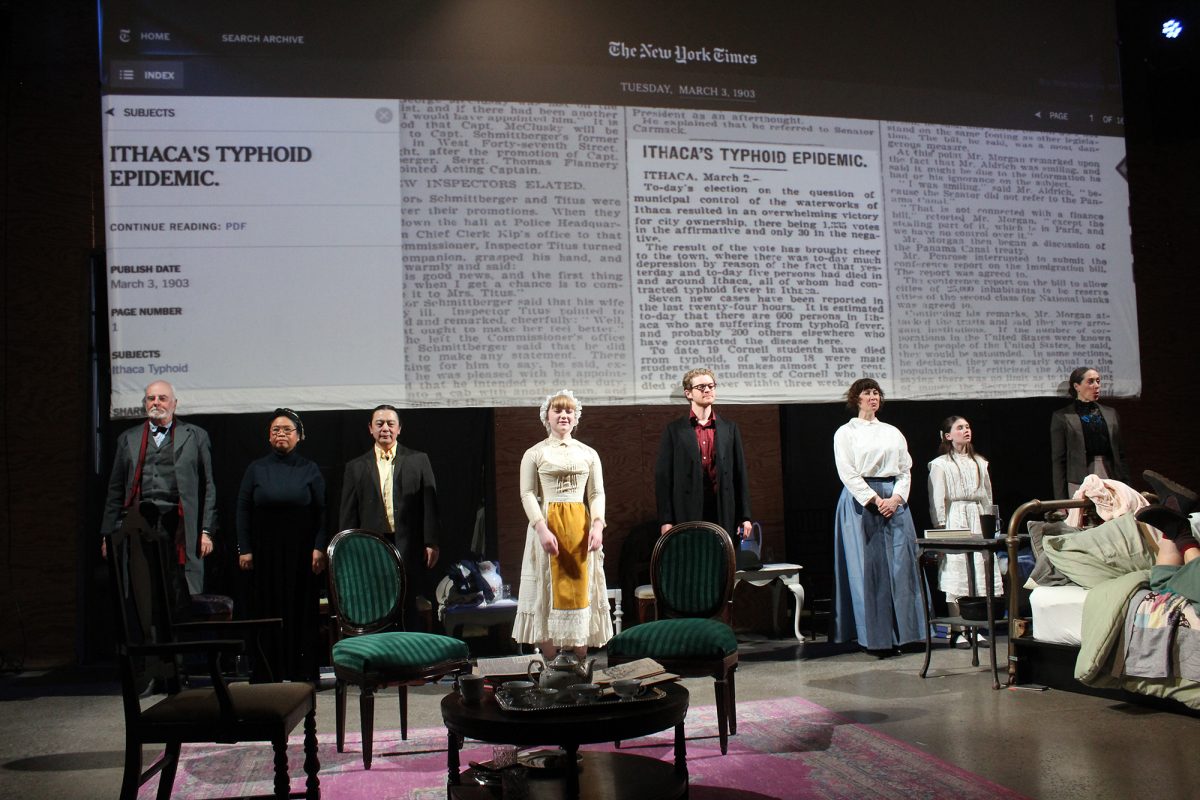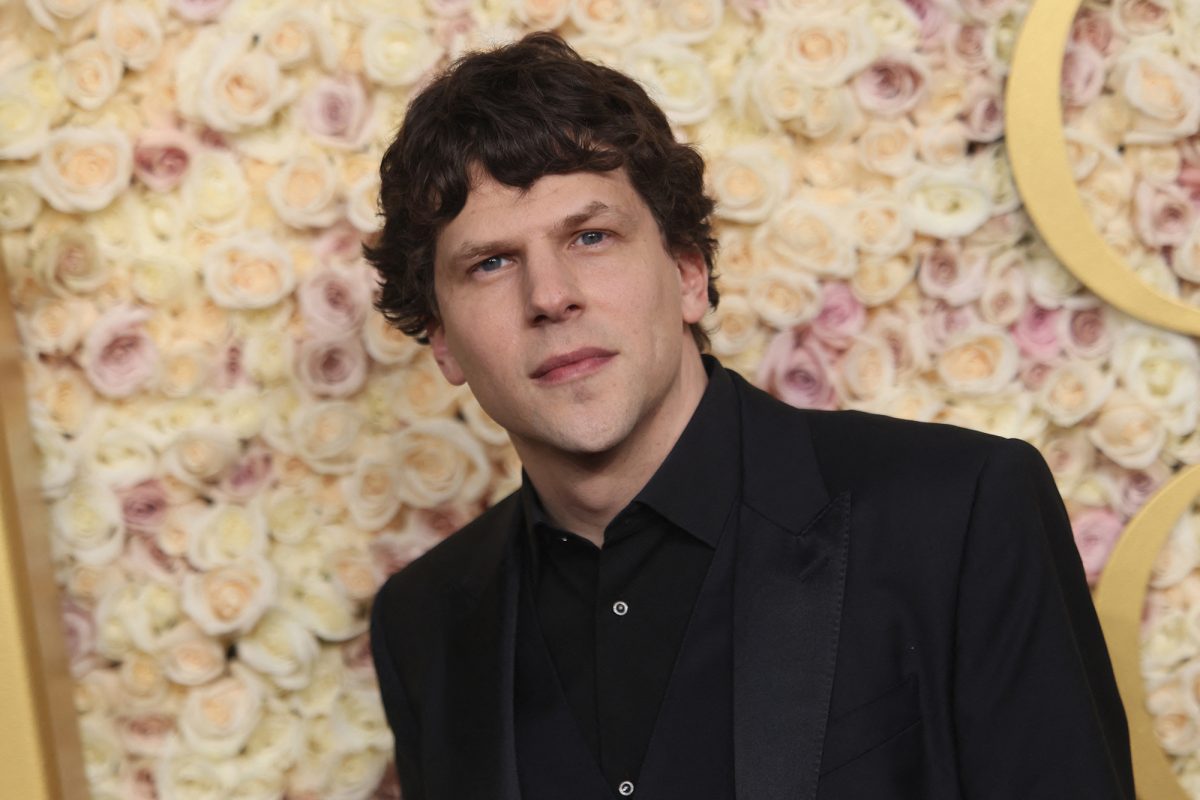Documentaries have been the backbone of film since the beginning, and Ithaca College is no exception to this history. Some documentaries take years to make and some use local stories to shed light on national topics. Students at the college work on the latter, finding local microcosms of larger issues that affect people today. Their documentaries range from topics like mental health in athletes, to immigration in NYC, to stories of a boxing coach and even the impact of dog adoption.
John Scott, associate professor in the Department of Media Arts, Sciences, and Studies and director of the Documentary Studies program, said the program is rather new. It was created in 2009 for students in the Department of Journalism as a way to combine classes already offered at the college into a viable major. There are documentaries by students that have won college Emmys and been named top 10 in short films by National Geographic, have been adopted as official company training videos and others that have been broadcasted on the PBS Flagship National Program and toured around the world.
“We wanted to create a path for students to take courses in journalism, cinema, [television and digital media] and photography,” Scott said. “Based around the project of recruiting from the world to tell engaging stories that can make the world a better place and open people up to ideas that they may have never explored in depth before.”
Seniors Lucy Calderon and Desiree Holz are currently in the process of documenting the banning of books on a local scale in Rochester. Senior Matan Berman and his team recently had their documentary on critical race theory get accepted into the Northern Virginia International Film Festival. Last semester, senior Chloe Gibson and her team explored the border crisis in NYC and created a documentary about migrants in New York to tell their stories.
“The process was really insane,” Gibson said. “We do the 15-minute film and then we also have to write a proposal book. Ours ended up being 150 pages long. We did very comprehensive research and from there we narrowed our focus by taking into account who we had access to and what logistically made the most sense in terms of travel and budget that we were given for the class. We had at least 10 hours worth of interviews by the time we were finished filming.”
This is the same case with many of the students. Most ended their filming with 10 to 40 hours worth of footage and interviews to work through. On top of their classes, they have to balance travel, taking multiple hours and sometimes days out of their week to drive to their filming locations, editing the many hours of raw footage and producing a documentary within the span of a single semester. James Rada, lecturer in the Department of Journalism, said students do 99.9% of all the work.
“I tell them this is their time to shine,” Rada said. “Their parameters are, ‘Keep it clean, keep it legal and be the journalists they are.’ This is their passion project. We have some incredible students and one of the best journalism programs in the country. … Most of these [documentaries] will run anywhere from five to 30 minutes depending on the topic, but please realize we’re talking about anywhere from one to maybe four students doing a project over the course of just one semester.”
The documentaries that students at the college are currently making are monumentous to the fields that they explore. Berman and his team created their documentary, “Not in Our Schools: The Fight Over Critical Race Theory,” for the thesis-level course Documentary Workshop. He said he made over 55 pitches until finally settling on the final topic of exploring what critical race theory means and focused the story around Loudoun County, Virginia, where the school system had turned into a political battleground.
“Because of Christopher Ruffo, a conservative think tank, critical race theory became a buzzword on the Right for anything that has to do with teaching race,” Berman said. “Critical race theory is not being taught in schools, it is a law term. … We wanted to dispel the notion that critical race theory is infecting our children. Also to examine how Loudoun County as a whole has changed. It is one of the richest counties per capita in the United States … and the right has spread rhetoric of critical race theory there as a political tool to regain power.”
Many of these topics and issues happen closer to home than people realize. Even in Rochester County, there are instances of conservative and damaging rhetoric taking hold of lawmaking bodies. This is what Holz and Calderon’s banned books documentary focused on.
“There was a book-banning attempt that happened at the Henrietta Public Library,” Holz said. “It brought up a ton of social media backlash, of people calling librarians groomers, pedophiles. … Not even a town over there was a bomb threat over a book at a local school. It’s a really brave stance; librarians are being forced to quit their jobs. We formed a relationship with Adrienne Pettinelli, the director of the library, and we used that as a case study to represent the huge, overarching issue of book banning as a whole.”
The workload for these projects is immense, and both Berman and Gibson struggled during the process. Not only was the work difficult to handle, but the topics were tough as well. Berman’s team had to go headfirst into prejudiced atmospheres and speak with openly racist people. Gibson’s team formed personal relationships with Venezuelan migrants and saw firsthand the struggles that they endured. Holz and Calderon spoke with librarians who had lost their jobs and livelihoods fighting to keep children educated and stop the book banning.
“The stress was something I had anticipated for a while,” Gibson said. “I knew it was going to take a lot out of me. Every year I’ve been going to these screenings and I’ve seen what high-quality productions are being made. … We would leave Thursday nights for New York City to film and come back Mondays; there were four weekends in a row where we did that.”
Some team members even worked through sickness. The critical race theory team’s editor, senior Liam Wurtz, watched and transcribed hours of interviews while sick and quarantined with COVID-19. Berman said he struggled with keeping up with caring for both his mental health and his classes, as did Gibson. Still, there were perks to the process.
“I do not think that we would have gotten [the information] we got without being students,” Berman said. “Especially talking to people on the right. They are very resistant to talking to national media like CNN, NBC because they know they have a slant, but they’re a lot more willing to talk to us because we said we were independent student journalists.”
Working on these projects is rewarding as well. Students learn life skills like leadership, field experience and the ability to tell powerful stories. The screenings for each year’s documentaries are May 5 at Cinemapolis. Each documentary maker will get a chance to showcase what they have created and to tell a story that is close to their heart.
“The media sphere at the moment feels very bifurcated, both in terms of the stories that get told and how people respond to stories,” Scott said. “I think it’s a tricky environment to get people to think outside of their normal biases and sense for the world. … In order for us to have a successful democracy we need to have an informed citizenship, and in-depth storytelling is one of the ways that can happen.”


